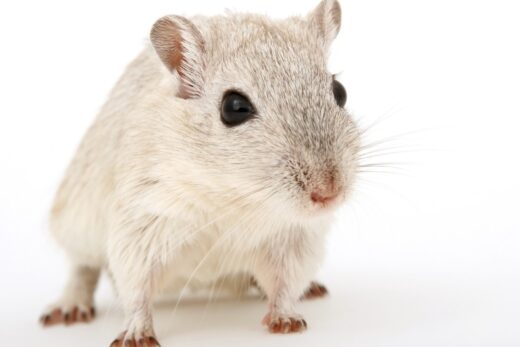
Pets become such beloved members of the family that it can sometimes be easy to forget they’re an entirely different species. While they may go through life at our side – on walks, in the car, even in bed – that doesn’t mean they’re experiencing life through a human perspective. As direct descendants of wolves that have been shaped by human domestication, dogs contain a unique and unusual blend of their wild canine ancestors and human caretakers – combining powerful instincts with emotional acuity in one adorable package. From sensory superpowers to innate altruism, discover ten weird facts about your furry friend.
1. Dogs can understand as many as 200 words and gestures. The average dog is estimated to be as intelligent as a 2-year-old child.
While you may not want them as your accountant or lawyer, canine researchers recently determined the surprising scope of dogs’ language and numerical abilities. According to psychologist Stanley Coren, PhD., who has reviewed multiple studies on canine intelligence, the average dog has a mental dictionary of over 165 words or signals, while the top 20 percent (known as “super dogs”) can retain over 200. They can also count to four or five and do basic arithmetic, putting them on par with an average two-year-old. Like a toddler, these abilities can vary between individuals. Data shows the smartest breeds include border collies, poodles, and German shepherds. Intelligence is categorized into three types: instinctive, adaptive, and working/obedience. “Their stunning flashes of brilliance and creativity are reminders that they may not be Einsteins but are sure closer to humans than we thought,” says Coren.
2. All dogs dream – some more than others.
All dog owners have likely watched a sleeping pet twitch and vocalize during a nap – some may even witness full-blown whines and somnambulation as a dog appears to “chase rabbits” in its sleep. It’s believed that all dogs dream as part of the normal REM sleep cycle, just as humans do. However, research suggests that dreams may be more frequent and vivid among different life stages and breeds. Puppies and senior dogs dream more vividly and more frequently than adult dogs, often moving and whimpering while at rest – something you may have already observed. This is partly due to the fact they sleep more often, though it could also be due to the state of the “pons” – the part of the brain stem responsible for regulating REM cycles and muscles during sleep. Smaller dogs also tend to have more frequent but shorter dreams than larger dogs.
Researchers hazard that dogs’ dreams, much like human counterparts, frequently concern the experiences of daily life. Doggie dreams replay sequences and events of their life during REM cycles, which science believes to be the body’s method for processing memory. This means dogs are even prone to nightmares, just like us, as a way of processing traumatic experiences. It’s best not to disturb your pup during a nightmare, as during deep REM cycles they may be disoriented and confused enough to express aggressive behavior in response.





